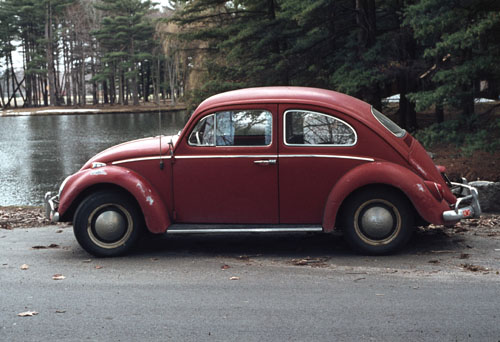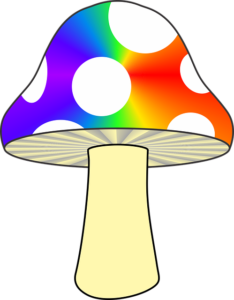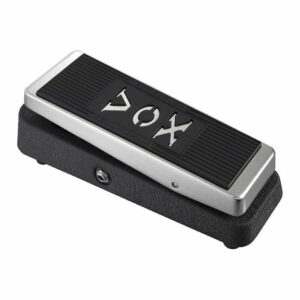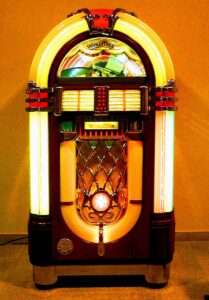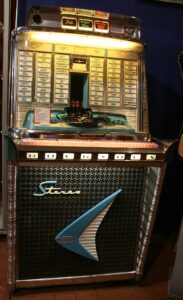☕🎶 From Coffeehouses to California: The Story of Folk Music’s Revival
Folk music is as old as storytelling itself. Long before Spotify or even vinyl, people passed down songs like family heirlooms—melodies that captured heartache, harvests, and hopes. These weren’t written for fame or profit—they were sung around campfires, in kitchens, and on front porches.
The name “folk music” wasn’t coined until the 19th century, when curious scholars began collecting these traditional tunes. But it wasn’t until the 20th century—and especially during hard times like the Great Depression—that folk music became a powerful tool for protest, hope, and identity in America.
🎸 Hard Times and Honest Songs: Guthrie and Lead Belly
In the 1930s and ’40s, folk music found its modern voice through legends like Woody Guthrie and Lead Belly. Their songs gave a voice to workers, migrants, and everyday folks who were too often ignored.
- “This Land Is Your Land” became a national anthem of equality and justice.
- Lead Belly’s rich voice and twelve-string guitar preserved a wealth of traditional African-American folk songs.
These weren’t polished pop hits. They were raw, real, and deeply human.
🗽 The Greenwich Village Folk Scene
In the 1950s and ’60s, New York City’s Greenwich Village became the beating heart of a new folk revival. A quirky, bohemian enclave full of poets, painters, and guitar-slinging dreamers, the Village was the perfect home for folk to bloom again.
And the stage for this revival? The coffeehouse.
Picture it: dim lights, a squeaky mic stand, a lone stool, and a young singer pouring out a song they’d scribbled in a notebook that morning. No big contracts. No sound systems. Just passion, a guitar, and maybe a harmonica.
🧺 No pay, but a hat was passed. If you were good, you’d eat. If you were great, you might even get a record deal.
🎤 The Coffeehouse Circuit
 The Village had dozens of legendary venues:
The Village had dozens of legendary venues:
- Café Wha?
- The Gaslight Cafe
- Gerde’s Folk City
Aspiring musicians would “make the rounds,” playing two or three coffeehouses a night. The audiences were a mix of artists, activists, students, and wanderers—never quiet, but always listening.
Music was mostly acoustic, often just a singer with a guitar or piano. It was intimate, political, and very personal—an alternative to the polished pop on AM radio.
🌟 Notable Names That Started Here
🎸 Bob Dylan
He arrived in New York in 1961, just a scrappy kid from Minnesota with a raspy voice and a head full of Woody Guthrie lyrics. Dylan soon became the voice of a generation, using folk songs to challenge war, injustice, and apathy.
🎶 Joan Baez
Graceful, powerful, and politically fearless, Baez was already a force in the folk scene when she met Dylan. She helped bring him into the spotlight and brought civil rights and antiwar messages into hers.
🎤 Simon & Garfunkel
Before the folk-rock polish, Paul Simon and Art Garfunkel were simply two New York kids harmonizing at open mics. Their signature sound was born in these tiny rooms.
☀️ Westward Migration: California Dreamin’
By the late ’60s, the folk scene started to shift westward. The reasons? A mix of opportunity, sunshine, beautiful scenery—and yes, probably the open access to “enhanced creativity.”
In California, especially Los Angeles (Venice Beach) and San Francisco (Haight-Ashbury), coffeehouses thrived again. But this time, folk musicians weren’t just telling old stories. They were fusing folk with electric instruments, creating a new sound altogether.
🎸 Folk Rock: A New Sound Emerges
As electricity entered the mix, folk purists squirmed, but the crowds loved it. Out came a new genre: folk rock.
🕶️ The Byrds
They took Dylan’s “Mr. Tambourine Man” and turned it into a chiming, jangly hit—with a full band and soaring harmonies.
🌼 The Mamas & The Papas
They blended folk’s warmth with pop’s sweetness. Their song “California Dreamin’” perfectly captured the mood of those who left behind New York winters for the promise of L.A.
☕ Legacy of the Coffeehouse Movement
From Village open mics to California rock festivals, folk music evolved—but never lost its soul.
The coffeehouse folk scene:
- Gave us timeless voices
- Birthed entire genres
- Brought politics into pop culture
- Proved you didn’t need a record label to move hearts
And though the coffeehouses themselves have mostly faded or turned into wine bars, the spirit lives on every time someone picks up an acoustic guitar to tell a story that matters.
🎶 Final Verse
I got to Greenwich Village a little late—more a listener than a player. By then, the scene had packed up and headed west. But its echo still rang through those narrow streets. It always will.
Because whether it’s sung in a smoky basement, a California café, or your own living room, folk music is still the voice of the people—quiet, powerful, and beautifully imperfect.
